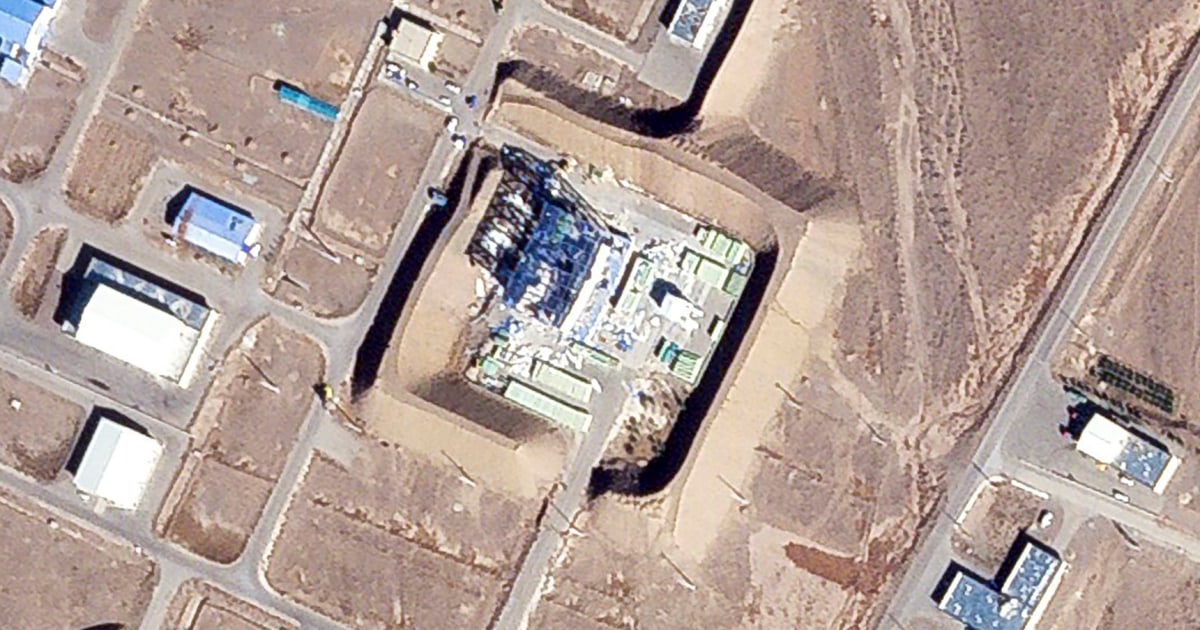Satellite imagery suggests that Israel’s recent attack on Iran has damaged key elements of Tehran’s ballistic missile production and air defense sites, leaving them vulnerable to future attacks. The attack targeted sites like Khojir, a missile site near Tehran, and Parchin, a military base linked to Iran’s nuclear program. While the extent of the damage is still unclear, Israeli Prime Minister Benjamin Netanyahu stated that the attack achieved its objectives by hitting Iran’s defense capabilities. The attack was in response to Iran’s previous barrage of ballistic missiles and followed U.S. attempts to de-escalate tensions between the two countries.
The Israeli strike focused on disrupting Iran’s missile production process, targeting buildings where specialized fuel mixers produce propellant for ballistic missiles. By hitting these facilities, Israel has made it harder for Iran to replenish its missile supply. This strategic approach was considered more effective than targeting the missiles themselves, which are dispersed throughout the country and heavily fortified. Analysts praised the precision of Israel’s attack, noting that hitting production facilities prevents Iran from producing new missiles.
Iran’s Supreme Leader Ali Khamenei downplayed the impact of the attack but did not rule out a potential response. While the exact details of the attack are still being assessed, it is clear that Israel’s targeted strike has significantly weakened Iran’s ability to produce missiles aimed at Israel. The focus on production facilities rather than storage sites demonstrates a tactical approach to disrupting Iran’s military capabilities.
Photo credit
www.nbcnews.com




